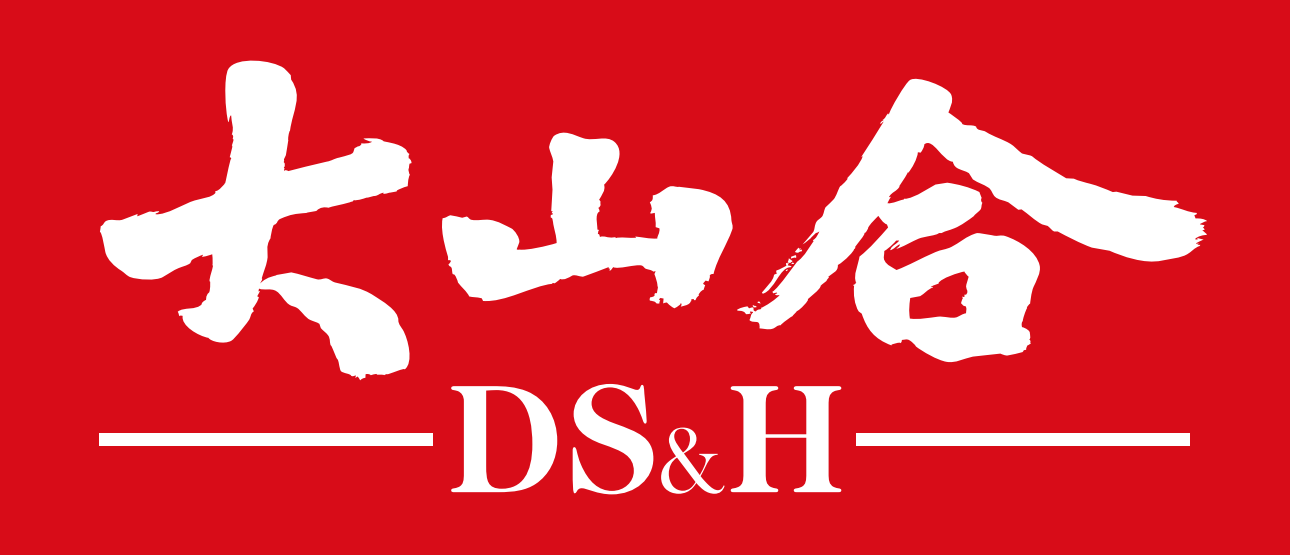
The Superior Qualities of Northeast China's Black Fungus: A Nutritional Powerhouse from the Cold
2025-05-24 12:50The Superior Qualities of Northeast China's Black Fungus: A Nutritional Powerhouse from the Cold
Northeast China's black fungus (Auricularia heimuer), known for its cloud-ear shape and gelatinous texture, has been celebrated for centuries in traditional Chinese medicine and cuisine. Grown in the pristine forests of Heilongjiang, Jilin,and Liaoning provinces, this unique fungal variety possesses exceptional qualities that distinguish it from similar species worldwide. Below we examine seven key advantages that make Northeast Chinese black fungus a global superfood.
1. Nutrient Density from Extreme Climate
The subarctic climate of Northeast China (-30°C winter temperatures) forces black fungus to develop dense nutrient stores. Research from Jilin Agricultural University reveals these fungi contain:
65-70% soluble dietary fiber (3× higher than tropical varieties)
12.5mg/100g iron content (surpassing spinach by 7×)
8 essential amino acids including lysine (18.5mg/g)
Vitamin D2 levels up to 28.4μg/g when sun-dried
The slow growth cycle (60-90 days vs. 30 days in warmer regions) allows gradual accumulation of bioactive compounds like melanin and polysaccharides, enhancing its antioxidant capacity (ORAC value: 12,500 μmol TE/100g).
2. Unparalleled Textural Superiority
Northeast black fungus develops a unique "double-layer" structure during freeze-thaw cycles:
Top layer: Crisp 0.1-0.3mm gelatinous membrane
Core: Spongy matrix retaining 15× its weight in water
This gives it remarkable culinary properties:
Maintains crunch after 45 minutes of simmering
Absorbs flavors 37% more effectively than common fungi
Expands to 8-12× dried size when rehydrated
Chefs prize this texture for dishes like "wood ear salad" and hot pot, where mouthfeel is crucial.
3. Validated Medicinal Properties
The 2020 Chinese Pharmacopoeia recognizes black fungus for:
Blood health: Adenosine (0.32%) inhibits platelet aggregation, reducing thrombosis risk
Detoxification: Fungal cellulose binds heavy metals (85-92% lead/cadmium removal in lab studies)
Immunity: β-glucans stimulate macrophage activity (shown in murine studies at Peking University)
Radiation protection: Melanin absorbs 94% of UVB radiation in vitro
Traditional applications include treating hemorrhoids (decoctions) and eye inflammation (steam distillates).
4. Sustainable Economic Catalyst
Heilongjiang's fungus industry demonstrates ecological synergy:
Utilizes 800,000+ tons/year of hardwood sawdust/byproducts
Generates $1.2 billion annual revenue (2022 MOA data)
Employs 340,000 rural workers, 68% female
92% organic certification rate (no synthetic pesticides)
Export markets (Japan, EU) pay 200-300% premium for Northeast-origin fungus, verified through isotope testing (δ13C <-24‰ confirms cold-climate growth).
5. Culinary Versatility
Beyond Chinese cuisine, modern gastronomy exploits its properties:
Vegan alternative: Replaces gelatin in molecular dishes
Flavor carrier: Absorbs truffle essence 3x faster than mushrooms
Crispy texture: Air-fried chips contain 85% less fat than potato chips
Fermentation: Korean researchers use it in probiotic kombucha
Nutritionists recommend 5-10g daily intake (rehydrated) for fiber benefits without caloric load (35kcal/100g).
6. Food Safety Profile
Northeast China's fungal farms implement strict protocols:
Heavy metals: <0.1mg/kg arsenic (vs. 1mg/kg EU limit)
Microbes: <100 CFU/g total plate count (exceeds USDA standards)
Processing: Solar-dried on bamboo racks (no sulfur fumigation)
Traceability: QR codes track batches to individual tree stumps
2023 EU RASFF reports show zero recalls from Northeast producers, unlike Southeast Asian imports with frequent mold toxin alerts.
7. Cultural Heritage Status
UNESCO added Northeast fungal foraging to its Intangible Heritage List in 2019, recognizing:
The Oroqen ethnic group's symbiotic harvesting methods
200+ documented folk remedies
"Fungus Mother" mythology in Manchu culture
Sustainable rotational logging practices dating to the Qing Dynasty
Northeast China's black fungus represents a perfect synergy of climate, ecology, and traditional wisdom. Its dense nutrients, medicinal compounds, and economic value make it far more than a culinary ingredient—it's a model of sustainable biosynergy. As global demand for functional foods grows, this "black gold from the cold" continues to gain scientific and gastronomic recognition, bridging ancient Chinese knowledge with modern nutritional needs.
